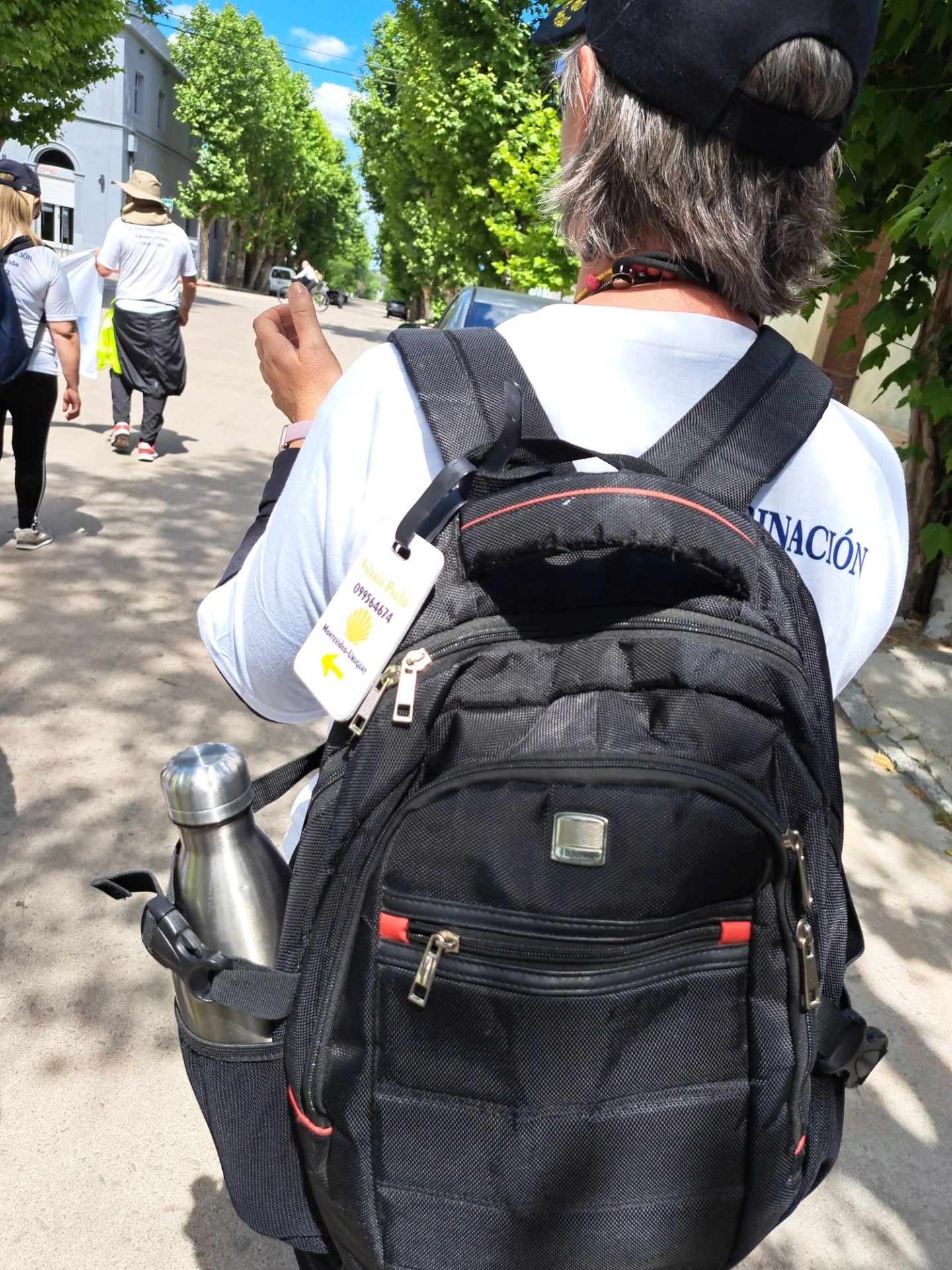About us

The Association of Social Scientists of Religion of Latin America is the largest academic network for studying religious phenomena from the Social Sciences. Until 2022 it was called the Association of Social Scientists of Religion of MERCOSUR.
History
It was founded in Montevideo in 1994 after a process that included several previous initiatives and activities.
Background
Regional academic development
After years of isolated academic work in the following countries, Argentina, Brazil, Chile, and Uruguay, a large group of researchers, scholars, and professors from various universities and study centers in those nations decided to share their work and reflections on the religious phenomenon that was gradually arousing interest in our societies and academic circles.
The Conference on Religious Alternatives in Latin America
The Society and Religion Magazine (Buenos Aires, Argentina) organized the first International Conference on Religious Alternatives in 1991. In 1994 they were held for the first time outside Argentina.
The International Conference was born interdisciplinary - it promoted the analysis of religious phenomena from anthropology, political science, history, and sociology - and regional, since from its origin, it summoned social scientists from different countries of the region.
The formal constitution of the Association
As an institutional expression of this academic community, the MERCOSUR Association of Social Scientists of Religion was created in Montevideo in 1994 within the framework of the IV Conference.
It was born and linked to the south of Latin America. However, the Association progressively extended its incidence to the whole region, increasing the participation of academics from other Latin American countries. For this reason, at the Rio de Janeiro Assembly in 2022, it was decided to update the name to recognize the reality of its scope, changing its name to the Association of Social Sciences of Religion of Latin America.


Development
Over the years, the Association became a central space for researchers from other Latin American countries to meet in this area. It began a fruitful dialogue with colleagues from the USA and Europe. This dialogue opened the topics to be worked on, such as academic and scientific comparisons between countries and continents.
This collaboration has been implemented through student and faculty mobility, grants for doctoral and master dissertations, bilateral and multilateral research projects, and the bulletins and books published. As a result of this process, the Association has experienced qualitative and quantitative growth. An example was the reception of around 300 papers at the last Conference.
Today the Association is a central reference for all those in the region, Latin America, and the Caribbean interested in beliefs and religions.
